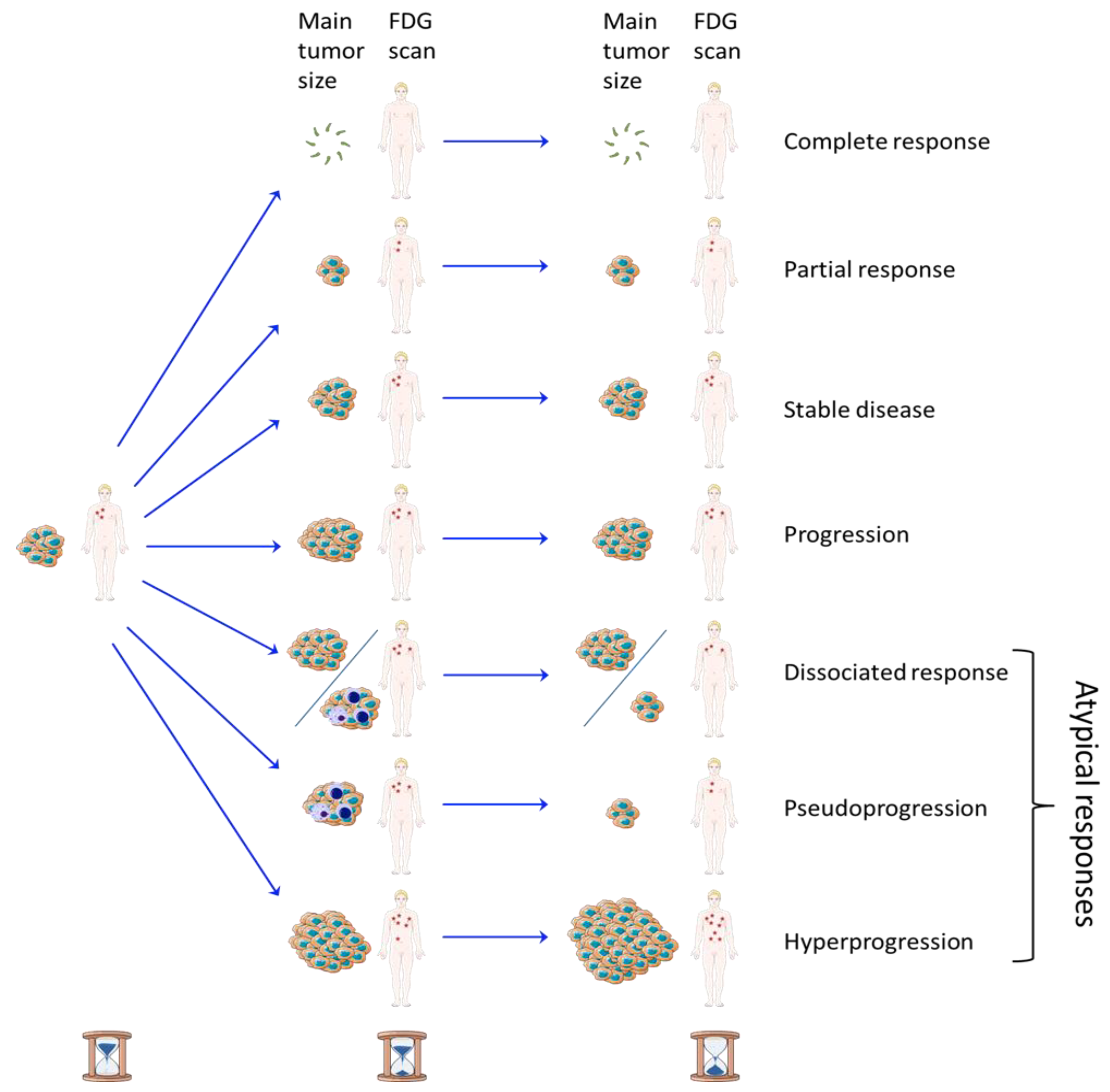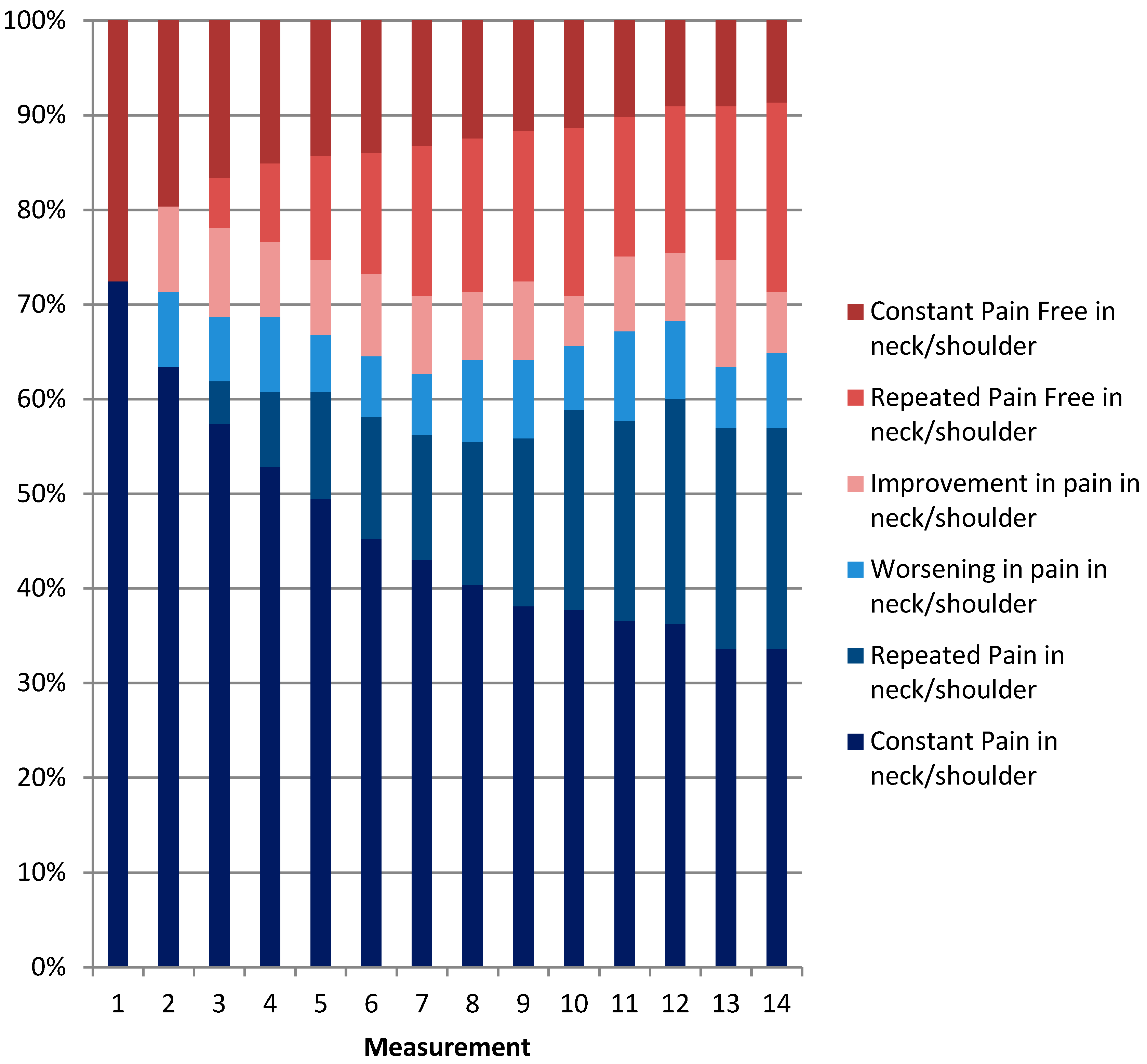Unit 3patterns In Mathematicswelcome
Course Goals and Anticipated Outcomes for This Chapter:

- Welcome Students and Parents!!! You can find all the information and resources for your course on their individual pages. Just use the tabs above to locate your course. If you have any questions for.
- Growing and Shrinking Number Patterns (332 views this week) Identifying, Continuing and Describing Increasing and Decreasing Number Patterns (First 3 Numbers Shown) (222 views this week) Making Number Patterns from Recursive Rules (184 views this week) Pascal's Triangle - First 12 Rows (146 views this week) Identifying, Continuing and Describing Increasing and Decreasing Number Patterns.
- Dear Parents and Students, Welcome to Finnis' - 7th Grade Math and Algebra 1 website. Here you will find many resources to help you succeed in my class. I am extremely excited for this 2018-2019.
- In this Exam Revision lesson we take a close look at Gr 12 Mathematics questions and answers relating to Number Patterns.
Unit Plan Sample: Mathematics Topics Title of Unit Plan: Symmetry Grade Level: 3-5th Subject Area: Mathematics School Name: Time Frame to Complete Lessons: 2-3 days (w/art) Stage 1: Desired Results Established Goals: (Standards) CS.M.K6.GS1 Demonstrate the mental habits of precise, determined, careful, and accurate.
Unit 3 Patterns In Mathematicswelcome

Develop the student:
- ability to understand number patterns and predict the pattern,
- familiarity and facility with a wide range of number patterns and the connection to K-9 curriculum, and
- reasoning using induction and also using finite difference Calculus.

THINKING OUT LOUD

Consider the following sequence of numbers in which only the first two terms are given: 1,3,⋯,⋯. Create four different number patterns having first two terms as 1,3, by writing out the next four terms. In each case explain the rule for your pattern. What happens if the first four terms are given as (1,3, 5,7,cdots). How many possibilities are there?
THINKING OUT LOUD
What is the perimeter of the design by joining (n) regular hexagons in a row? How can you prove your prediction?
Numbers can be organized into many different sequences. Most of these sequences have patterns which can be used to predict the next number in the pattern. Misunderstandings may occur when we list a few numbers in the sequence. For example, (3,5,7..), the next term could be either (9) (sequence of odd integers) or (11) (sequence of prime numbers). Therefore it is wise to define sequences in terms of an explicit formula for the (n)^th term.
There are many types of patterns, but we will be looking at the following:
- Arithmetic sequences
- Finite sums of arithmetic sequences
- Geometric sequences
- Finite sums of geometric sequences
- other types of sequences
All sequences, regardless of how they progress, have terms. To denote which term we wish to consider, we use (n). So, if we say that (n = 3), we are considering the third term in a sequence. The first term in a sequence is given by (a). So, if we say that (a = 23), the first term in the given sequence is 23.
So, without further ado, let's be off!
New Notation & Definitions
Terms: the numbers in a sequence
- When considering a specific term: (n = x), where x is a whole number.
- The first term in a sequence: (a)
- 3.1: Proof by Induction
- 3.2: ArithmeticSequences, Geometric Sequences : Visual Reasoning, and Proof by Induction
- 3.3: Recognising Sequences
- 3.4: Finite Difference Calculus
- In this section, we will explore further to the method that we explained at the introduction of Quadratic sequences.
- 3.E: Number Patterns (Exercises)

Thumbnail: Derivation of triangular numbers from a left-justified Pascal's triangle. 9Cc BY-SA 4.0; Cmglee).
Thanks to Thomas Thangarajah for sharing his hexagonal drawing.
Contributor
Quiz 3 Patterns Mathematics 800
Pamini Thangarajah (Mount Royal University, Calgary, Alberta, Canada)
